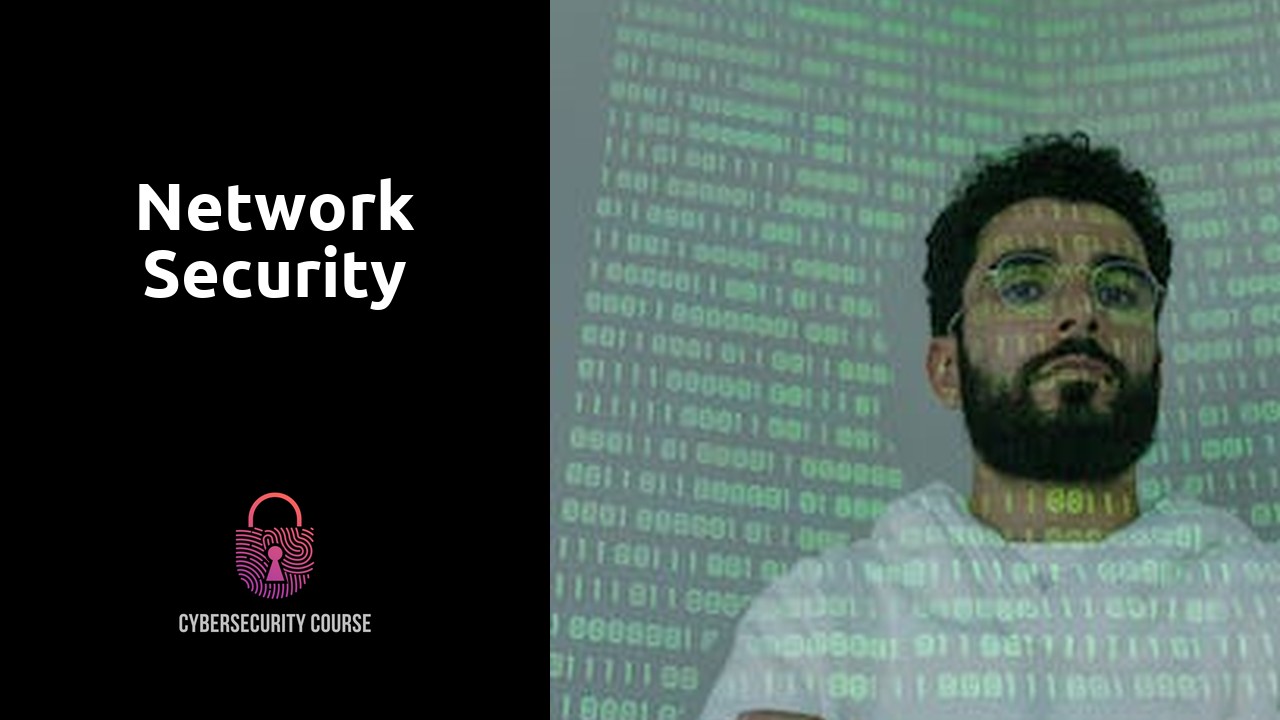
Network Security
Table Of Contents
Safeguarding Your Digital Assets: Protecting Your Online Presence
Safeguarding your digital assets is of utmost importance in today's digital age. With so much of our personal and professional lives being conducted online, it is crucial to take proactive measures to protect our online presence. This means implementing strong passwords, regularly updating software, and being vigilant against potential threats.
One of the first steps in protecting your online presence is to create strong and unique passwords for all your accounts. Avoid using easily guessable passwords such as birth dates or pet names. Instead, opt for complex combinations of numbers, letters, and symbols that would be difficult for hackers to crack. Additionally, it is important to regularly update your passwords to prevent unauthorized access.
The Art of Privacy: Ensuring Confidentiality in the Digital Era
In today's increasingly digital world, the need for privacy and confidentiality has never been more important. With the vast amount of personal information we share and store online, it is crucial that we take proactive measures to protect our digital assets. From financial transactions to personal communications, every aspect of our online presence is vulnerable to potential threats. Therefore, it is essential to understand the art of privacy and how we can ensure confidentiality in the digital era.
One of the first steps in safeguarding our privacy is to establish strong passwords and secure our online accounts. Weak passwords can easily be cracked by hackers, allowing them access to sensitive information. By using a combination of letters, numbers, and special characters, we can create passwords that are difficult to guess. Additionally, enabling two-factor authentication adds an extra layer of security to our accounts, requiring both a password and a verification code to gain access. These simple yet effective measures can significantly reduce the risk of unauthorized access to our personal information.
Unmasking Cyber Threats: Understanding the Dangers Lurking Online
The digital era has brought unprecedented advancements and opportunities, but along with it comes the lurking danger of cyber threats. These threats, often masked behind clever disguises, can wreak havoc on individuals and organizations alike. Understanding the dangers that lurk online is crucial in order to protect ourselves and our valuable digital assets.
One of the most common cyber threats is phishing. This deceptive technique involves tricking individuals into revealing sensitive information such as passwords or credit card details. Phishing attacks usually come in the form of emails or messages that appear to be from trusted sources, leading unsuspecting victims to unknowingly disclose their personal information. By understanding the tactics used by cybercriminals, individuals can avoid falling into these traps and protect themselves from the devastating consequences of phishing attacks.
Staying One Step Ahead: Proactive Measures for a Secure Network
Staying one step ahead in the digital era requires proactive measures to ensure a secure network. The first step is to regularly update and patch software and firmware. Outdated software often contains vulnerabilities that can be exploited by cybercriminals. By keeping your systems updated, you can close these security holes and reduce the risk of unauthorized access or data breaches.
In addition to updates, it is crucial to establish strong password protocols. Weak passwords are one of the easiest ways hackers can gain access to your network. Implementing a password policy that requires a combination of upper and lowercase letters, numbers, and special characters can significantly increase the complexity of passwords, making them harder to crack. It's also essential to enforce regular password changes to prevent unauthorized access. By taking these proactive measures, you can strengthen the security of your network and stay one step ahead of potential threats.
The Human Factor: How to Prevent Social Engineering Attacks
In today's digital landscape, protecting our online presence is becoming increasingly crucial. While we often focus on implementing the latest technological advancements to secure our networks, we may overlook one vital aspect – the human factor. Social engineering attacks rely on manipulating human behavior, tricking individuals into divulging sensitive information or granting unauthorized access. To prevent such attacks, organizations and individuals alike must be aware of the tactics employed by cyber criminals and implement proactive measures to mitigate the risks.
Leveraging human psychology to their advantage, social engineers employ various manipulation techniques to gain trust and deceive their targets. Common tactics include phishing emails, phone calls posing as authoritative figures, or even infiltrating physical premises under false pretenses. By exploiting our natural inclination to trust and help others, criminals can easily exploit vulnerabilities within organizations. Therefore, educating employees about the dangers of social engineering attacks and providing training to recognize warning signs is paramount. Additionally, implementing strict authentication processes, such as multifactor authentication, can add an extra layer of security by verifying the legitimacy of requests.
Securing the Gateways: Fortifying Your Network Perimeter
An essential aspect of fortifying your network perimeter is implementing a robust firewall system. A firewall acts as a barrier between your internal network and the external world, filtering incoming and outgoing traffic to ensure only authorized traffic is allowed through. A properly configured firewall can greatly enhance the security of your network by preventing unauthorized access and blocking malicious activities such as hacking attempts or malware infections.
In addition to a firewall, it is crucial to regularly update and patch your network devices and software. Cybercriminals are constantly evolving their tactics, searching for vulnerabilities to exploit. By keeping your network devices and software up to date, you not only benefit from the latest security enhancements but also patch any known vulnerabilities that might be exploited by hackers. Regularly installing updates and patches ensures that your network perimeter remains fortified and resistant to potential threats.
Related Links
Web Application SecurityIntroduction to Cybersecurity
Case Studies in Data Breach Response and Lessons Learned
Incident Reporting and Communication in Data Breach Response
Best Practices for Data Breach Investigation and Remediation
Cybersecurity Training for Data Breach Response